Encountering Sly Stone
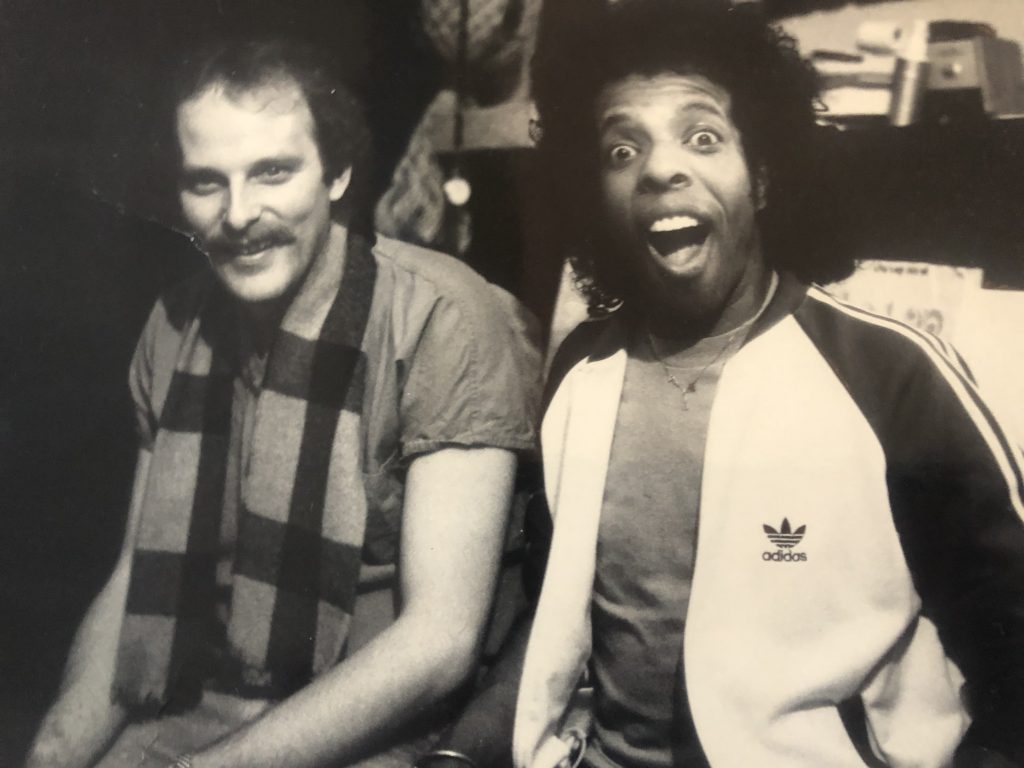
Sly Stone at his Marquette Park piano. We should have written a song together. (Photo by Phil Moloitis.)
I don’t recall the tip that led me to the Prime & Tender, an oddball nightclub-restaurant at the corner of 63rd and Harlem in south suburban Stickney. It was the spring of 1983 and I was a staff writer at the Suburban Chicago Sun-Times and was freelancing for the Reader and the Illinois Entertainer.
The Prime & Tender was not the Pump Room. Patrons walked through a cheesy, long mirrored hallway as if they were boarding an old cruise ship. They sat along the perimeter of the multi-colored dance floor unless of course, they were dancing to the music.
The One-Eyed Jacks played snappy show tunes, but I had been told Sly Stone was in the house. Sly Stone, born Sylvester Stewart–the Cuisinart of Cool–the man who blended soul, funk, and rock into an electric sound all his own. During the late 1960s and 1970s, he led a six-piece multi-racial, multi-gender band. Family Stone bassist Larry Graham graduated to form Graham Central Station and record and tour with Prince. Sly Stone was the father of Prince. And in 1983 Stone signed up to do a six-week “residency” with the Jacks.
Stone was already lost in the shadows. He had spent most of his savings. He liked to get lost riding motorcycles into what he thought was an endless night. In February 1983 he was arrested near downstate Paxton, Ill. for possession of narcotics and an illegal weapons charge as he was driving a car to Chicago. The charges were dropped two weeks later.
About 200 fans showed up at the Prime & Tender on the night I visited. A smiling Stone wore crisp white slacks and a matching white jacket, accented by a flowing white scarf dotted with black piano keys. Stone and the One-Eyed Jacks covered all the Family Stone hits ranging from “Stand!” to “If You Want Me To Stay.” He botched some of the words to “Hot Fun in the Summertime” but he was in a place that made him happy.
Stone is now 78 years old. His contributions will resurface in July when the music documentary “Summer of Soul” will hit theaters. Directed by Questlove, the film explores the 1969 Harlem Cultural Festival that featured Sly & the Family Stone, Stevie Wonder, Mahalia Jackson, Mavis Staples, and others.
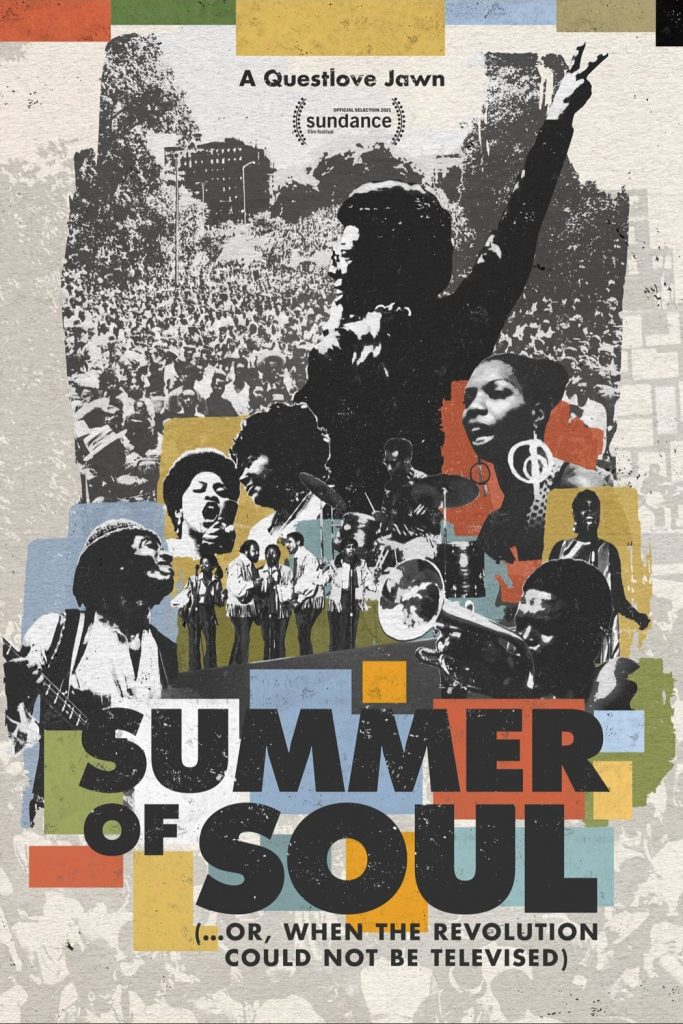
The Harlem festival had been overshadowed by 1969’s Woodstock (where Sly & the Family Stone sang “Dance to the Music” and “I Want To Take You Higher” in a 3:20 a.m. set following Janis Joplin.) The Harlem festival footage had been stored in a basement for nearly 50 years. “Summer of Soul” premiered at this year’s Sundance Film Festival, where it won the Grand Jury Prize and Audience Award in the U.S. Documentary Competition.
Riding on the jet stream of their 1969 breakouts, Sly & the Family Stone was booked into Chicago’s Grant Park in July 1970. Sly failed to appear, inspiring a riot that resulted in 90 people being hurt and 148 fans being arrested.
The Chicago Park District-sponsored gig was Stone’s third consecutive no-show in Chicago. “To set the record straight, I was at Grant Park,” Stone told me in 1983. “People were rioting and I was over on Michigan Avenue and the police wouldn’t let anybody go into the park. But I was there.”
And he was there with One-Eyed Jacks.
The Jacks were a 1960s-early 1970s rhythm and blues Chicago outfit that had been doing a Sly & the Family Stone tribute act for a year when a mutual friend introduced them to Stone. The show band consisted of keyboards, guitar, bass, drums, trumpet, trombone and saxophone. One-Eyed Jacks lead singer Budd Carr (1964-68) had moved on to become a Hollywood film supervisor (“Natural Born Killers,” “The Doors,” “Born on the Fourth of July”) and former manager of Captain & Tennille and Asia. By 1983 the Jacks were also lost in the shadows.
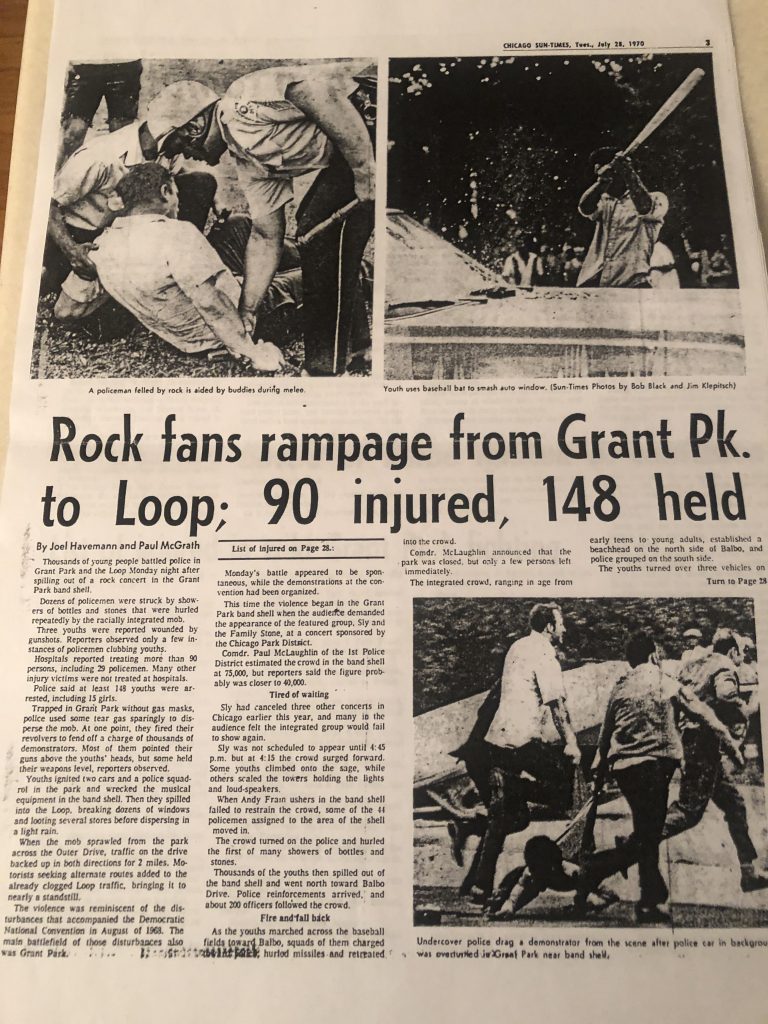
Sly says he was in the neighborhood.
Stone wound up living with Jacks keyboardist Jack Sweeney in Marquette Park. The Irish-Lithuanian neighborhood was the scene of America’s worst race riots in August 1966 when Dr. Martin Luther King led a series of open housing marches into all-white Chicago neighborhoods. And there was Sly Stone, the composer of songs like “Don’t Call Me Nigger, Whitey” and “Thank You (Faletttinme Be Myself Again)” as a Marquette Park resident.
I later visited Stone at Sweeney’s bungalow. When I arrived Stone was darting through the kitchen picking up empty beer bottles and cleaning off a table. He was on the move. His gig with the Jacks was the first time since 1974 he had consistently played hits like “Everyday People” and “Dance to the Music.” Stone and the Jacks had been performing in lounges from Stickney to Kenosha, Wis. Sweeney said it was difficult to get gigs because of Stone’s erratic reputation. But Stone and the band assured me he had been on time for his shows.
I shadowboxed with Stone in an attempt to get him to articulate his mind-blowing political funk-soul-rock-gospel inspirations. “In 1968 I was writing about things that I observed near me or far away and seemingly near,” Stone said. “The ‘70s were just kind of–okay–but something’s gotta’ happen. Somebody has got to say something, The ‘70s felt like limbo. Cool. Bring on another year (laughs.) Nothing counted. Nobody was bothered; right or wrong. It feels like the ‘80s will have summers again and some heart and some life.”
Summer again.
As we embark on a summer that will feel unlike past summers, Stone is back in the shadows. He returned to Chicago on Labor Day, 2009 to improvise a few of his songs at George Clinton and P-Funk’s set at the African Festival of the Arts. Around 2011 documentary filmmaker Willem Alkema reported that Stone was homeless and living in a white camper van in the Crenshaw section of Los Angeles. “I like my small camper,” Stone told the New York Post in 2011. “I just do not want to return to a fixed home. I cannot stand being in one place. I must keep moving.”
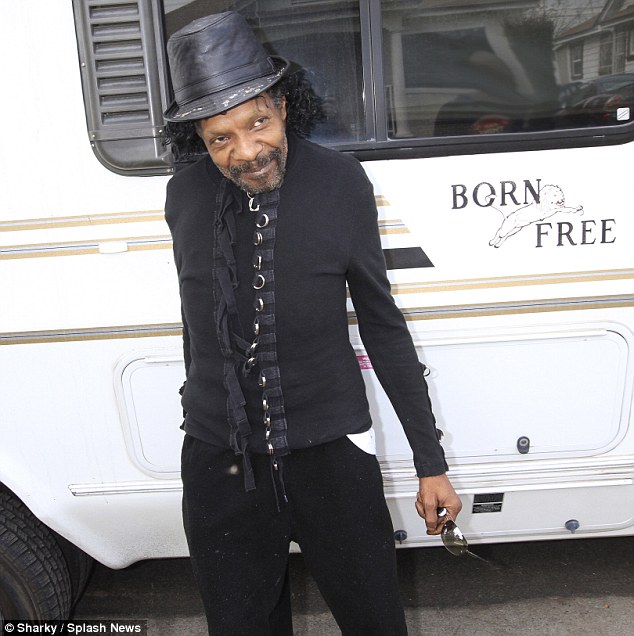
Sly and his camper van.
In January 2015 he popped up at a convention saluting Sly & the Family Stone at the Fox Theater in Oakland, Ca. In December 2015 a California judge rules that he was unable to collect $5 million in royalties because in 1989 he assigned those royalties to a production company in return for 50 percent ownership. Stone’s attorney told the Los Angeles Times that the suit was the artist’s best chance for escaping poverty.
There is an Official Sly Stone website with a “Summer of Soul” trailer, but the trail seems to run dry.
Just the other day I pulled out 1974’s “Small Talk,” the final release by the original Sly & The Family Stone. The album holds up well. It is more sparse sounding than his previous efforts and features a surprising amount of string arrangements. The last track “This Is Love” celebrates vintage doo-wop. The Beastie Boys reimagined the sweet & funky “Time For Livin” (time for givin’) as punk on their 1992 album “Check Your Head.”
Stone is pictured on the cover with his wife Kathleen Silva and their baby Sly, Jr. Sly and Kathleen were married on June 5, 1974, before 23,000 fans at Madison Square Garden in New York City. The UPI reported that 12 persons were arrested on trespassing charges and four women in the audience fainted. It was the beginning of summer. The marriage lasted five months.
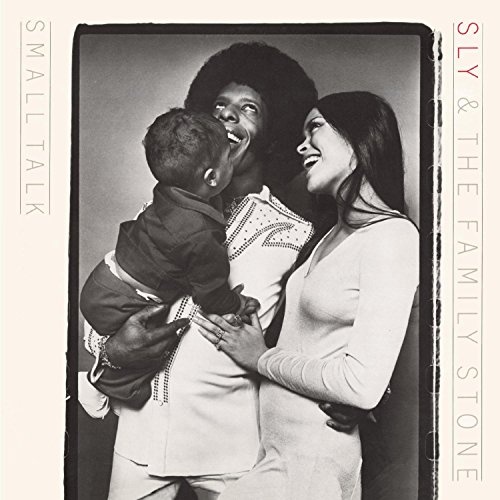
Sly & The Family Stone’s “Small Talk” album.
Alone and reflective In Marquette Park, Stone winked playfully and said, “There are some things that people believe about me or are led to believe that is either good, bad or negative, but I hope it is not negative enough to overwhelm the positive value of whatever it is I am about.”
I believed in him and I still believe in him. Sly Stone turned America upside down with his music. You only hope that somewhere the sound is straight, prime, and tender.



Another great Dave Hoekstra read. Thank you!
Thank you, Paul!
Nicely done, Dave. Hope you can track him down for an update before he’s gone.
Thanks, Dan. Say hi to your family!
Where is Sly now? How can we get updates on him? Is there a community of fans assisting and providing for him? “Fresh” is still one of my favorite albums of all time.
Thanks, Ron. My trail led to his website. I hope he knows the love that is out there.
Hi Dave,
I saw him with The Jacks at a coverted Shakey’s Pizza Parlor in Kenosha somewhat thought it was a Studio 54. He mostly phoned it in and did “I Want To Take You Higher” twice — it still was one of the best shows I’ve ever seen He’s a generational artist and, sadly, kind of a wreck.
John
Thanks for checking in, John. Have to see you this summer!